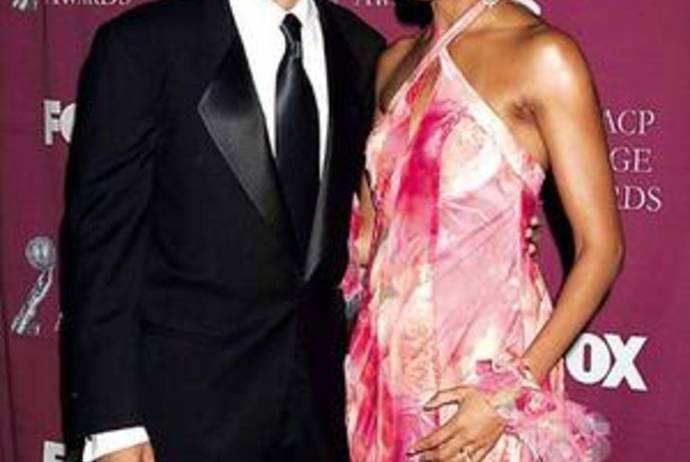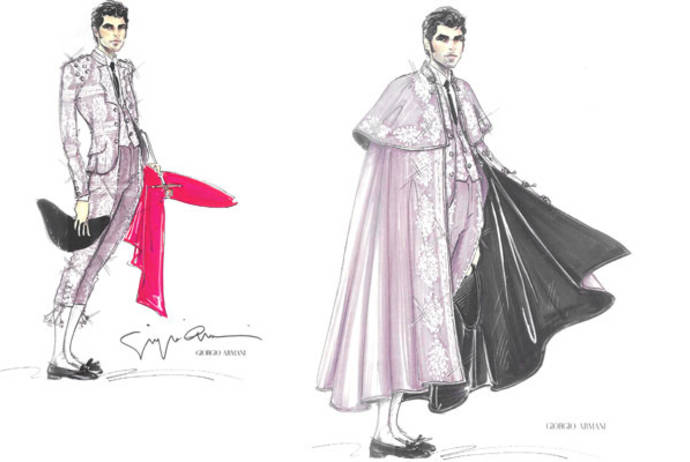In the pop culture arena, there are those who think reality shows are the root of all evil and there are those who religiously DVR Keeping up with the Kardashians. But whether you’re of the opinion that Jon and Kate Plus 8 represents the Demise of Television or you can namedrop from all 23 seasons of the Real World, there is no denying the controversy that reality shows can create.
And MTV’s newest series, Jersey Shore, takes it to a whole new level. The show, which premiered on December 3, follows eight 20-somethings as they spend a summer living and working together in a house on the Jersey shore. What follows is an inside look into the lives of these self-proclaimed “guidos” and “guidettes” as they tan, fight and hook-up.
In the original promos for the show, MTV claimed it featured a house full of “the hottest, tannest craziest guidos.” (It has since changed the wording.) But it was precisely these promos that sparked much of the controversy.
Italian-American groups such as UNICO and NIAF called for the cancellation of the show before it even aired. In a letter to MTV, Robert Allegrini, NIAF’s chairman of the Image Enhancement Committee, wrote, “We find this program alarming in that it attempts to make a direct connection between ‘guido culture’ and Italian-American identity. ‘Guido’ is widely viewed as a pejorative term and reinforces negative stereotypes.”
MTV, on the other hand, was quick to point out that the show was not meant to depict Italian Americans, but rather a lifestyle led by a group of young people. In an interview with The Hollywood Reporter, Tony DiSanto, the president of programming at the network and an Italian-American, defended the show, saying, “I don't look at these characters as representing an entire ethnic group.
They refer to themselves as "guidos" sometimes, but it's more about the way they act, their behavior, what they're attracted to, their rituals. It's not about an entire ethnicity.”
Cast members, as can be imagined, are proud to call themselves “guidos.” “'Guido' is just a term.” Ronnie Margo told E! Online, “You don't have to be Italian to be a guido.” But some see the association: Cast member, Pauly D, who also spoke with E! Online, said, “I don't ever remember guido being a bad thing. I'm proud to be a guido. I'm proud to be Italian. I love it." And then, in a video on TMZ, cast member Nicole ‘Snookie’ actually tells off UNICO. (It’s a 2-word phrase that I can’t repeat on this family-friendly website, but click here to see for yourself.).
But what about those who aren’t in the spotlight? Do they feel the show and its use of the word guido is offensive? Or is it simply a lifestyle that deserves to be depicted on the national stage the same way we do with large families, dancers and wanna-be singers? It seems even among Italian Americans, opinions are divided.
There are those who feel it’s offensive: Jennifer Brancato of Larchmont, NY, think the show depicts Italian-Americans negatively. “I think of a "guido" as someone who thinks they are Italian because their mama makes meatballs and tomato sauce on Sunday,” she says, “or because they wear a big gold and diamond cross around their neck for the world to see (rather than quietly respecting their God) and takes pride in being Italian when watching mafia movies, but knows nothing about the civilization, style and art that Italians have brought to the world.”
On Facebook alone, groups such as “MTV's "Jersey Shore" is a Disgrace to Italians and Jersey” and “Real Italians against MTV'S Jersey Shore” together have over close to 5,000 fans.
Many feel that MTV did its part in perpetuating the “guido-as-Italian” stereotype.
“If I could ask MTV one question it would be to inquire exactly why an Italian flag was placed on the front of the house. Why not an American flag?” asks, Joseph Battista of Yonkers, NY. Blogger Greg from Italianaware.com, agrees writing, “MTV wants us to believe that the world has changed since the days of Italian immigration. That’s funny considering how, in my short life, any time someone has called me a Guido or a Guinea, it was to marginalize my cultural heritage- not to laud the achievements of it.”
But then there’s the argument that it’s entertainment, and just like the drama-filled shows before them, including The Hills, The City, and of course, all those seasons of the Real World, it’s just MTV banking on the drama that comes with youth culture.
Says, Jonathan Quartuccio from Shelton, CT: “I absolutely love the show because that is exactly what it is—a show. There is enough bad news and tragic events that happen in real life, so when I sit down and put on the tube, I want to watch something light and meaningless. Is it degrading towards Italians? Yeah, a little bit. But it is nothing that I haven't seen growing up or even still on a Saturday night.”
And half-Italian, Entertainment Weekly blogger Keith Staskiewicz, writes, “I’m generally more amused than annoyed. Yea, these guys and gals are trashier than the Newark city dump on delivery day, but reality TV is all about stretching stereotypes way past the point of any reality."
No doubt the controversy has both helped and hurt MTV: While advertisers such as Dominos and American Family Insurance have pulled ads, there has been a spike in the show’s rating from just over a million people the first week to more than two million the next. But will it continue to rise in popularity over the coming weeks or will advertisers jumping ship cause it’s demise? That side remains to be seen.







































